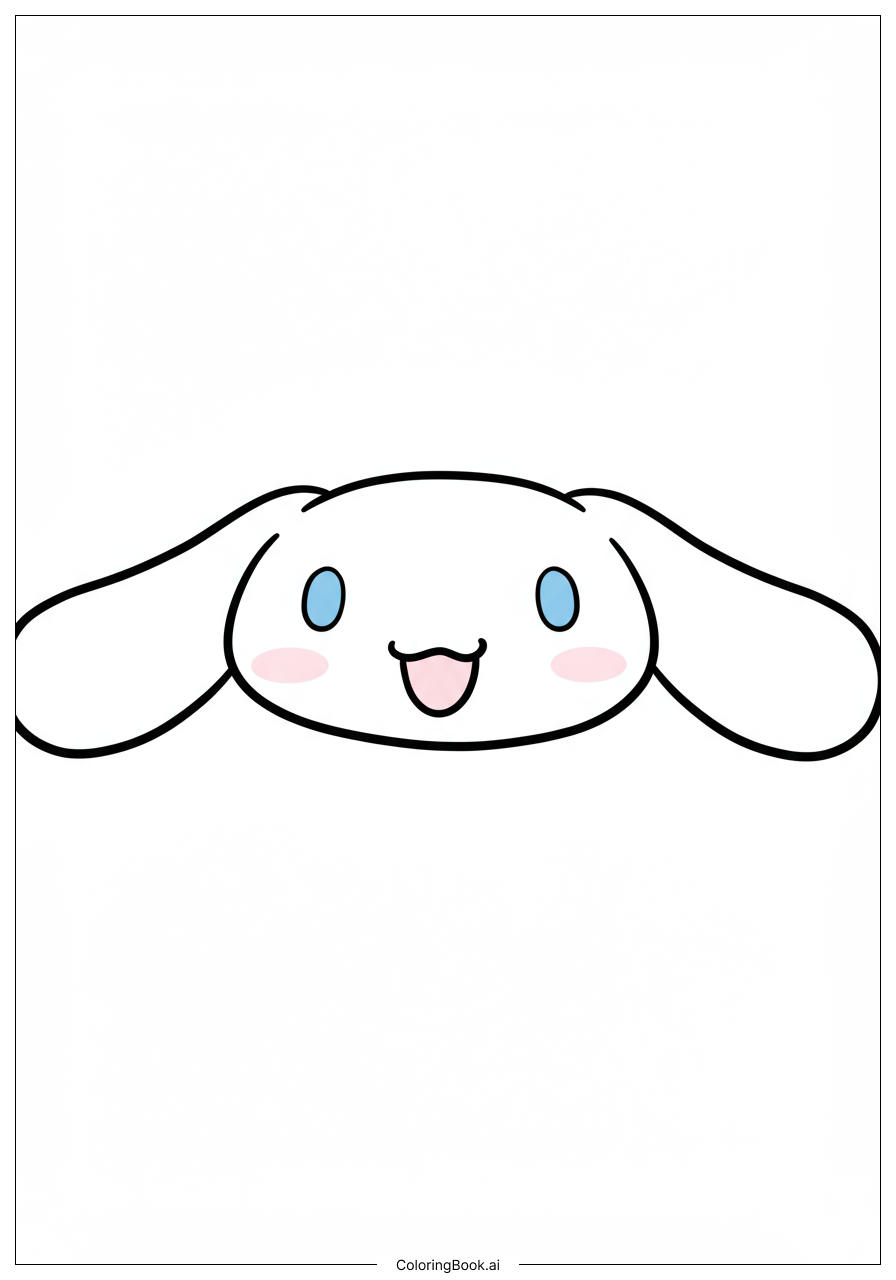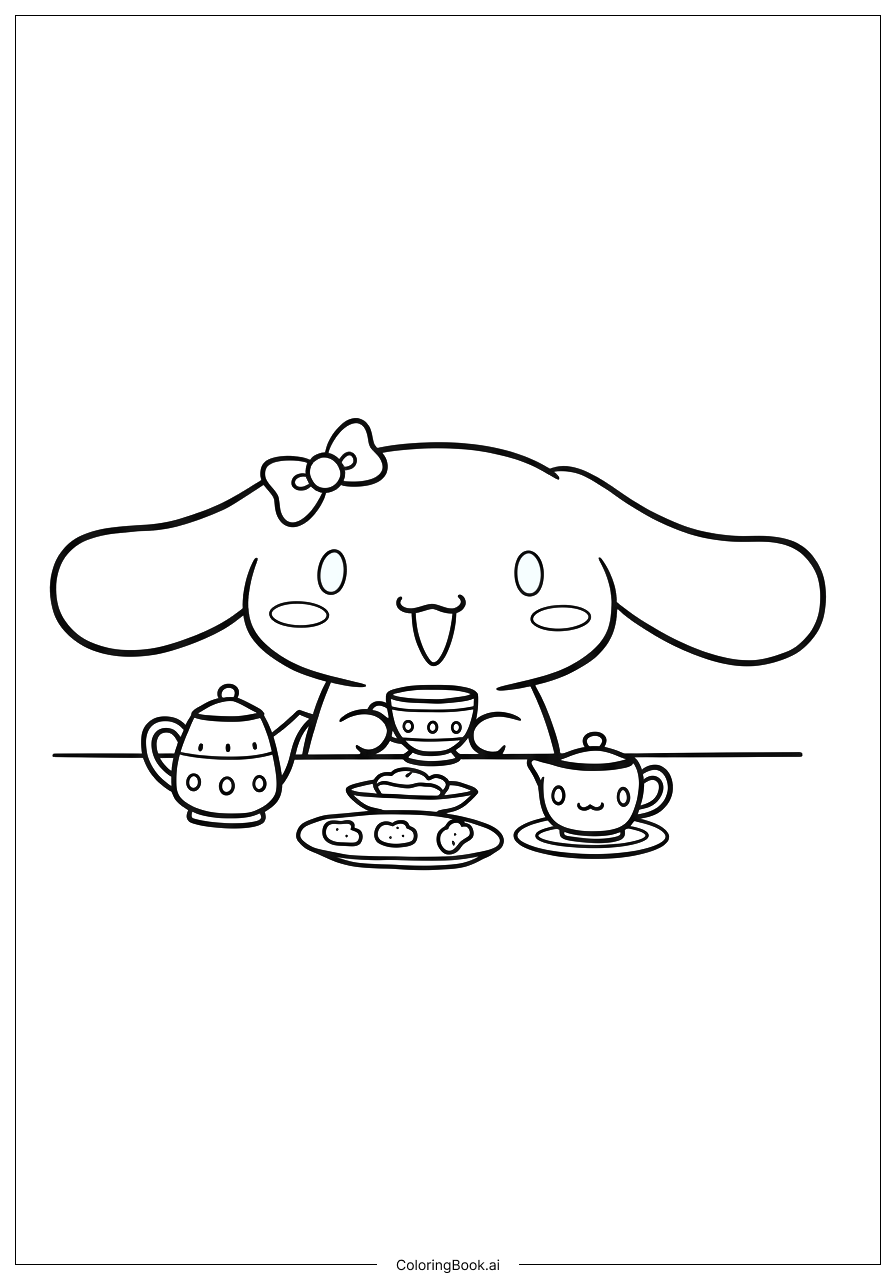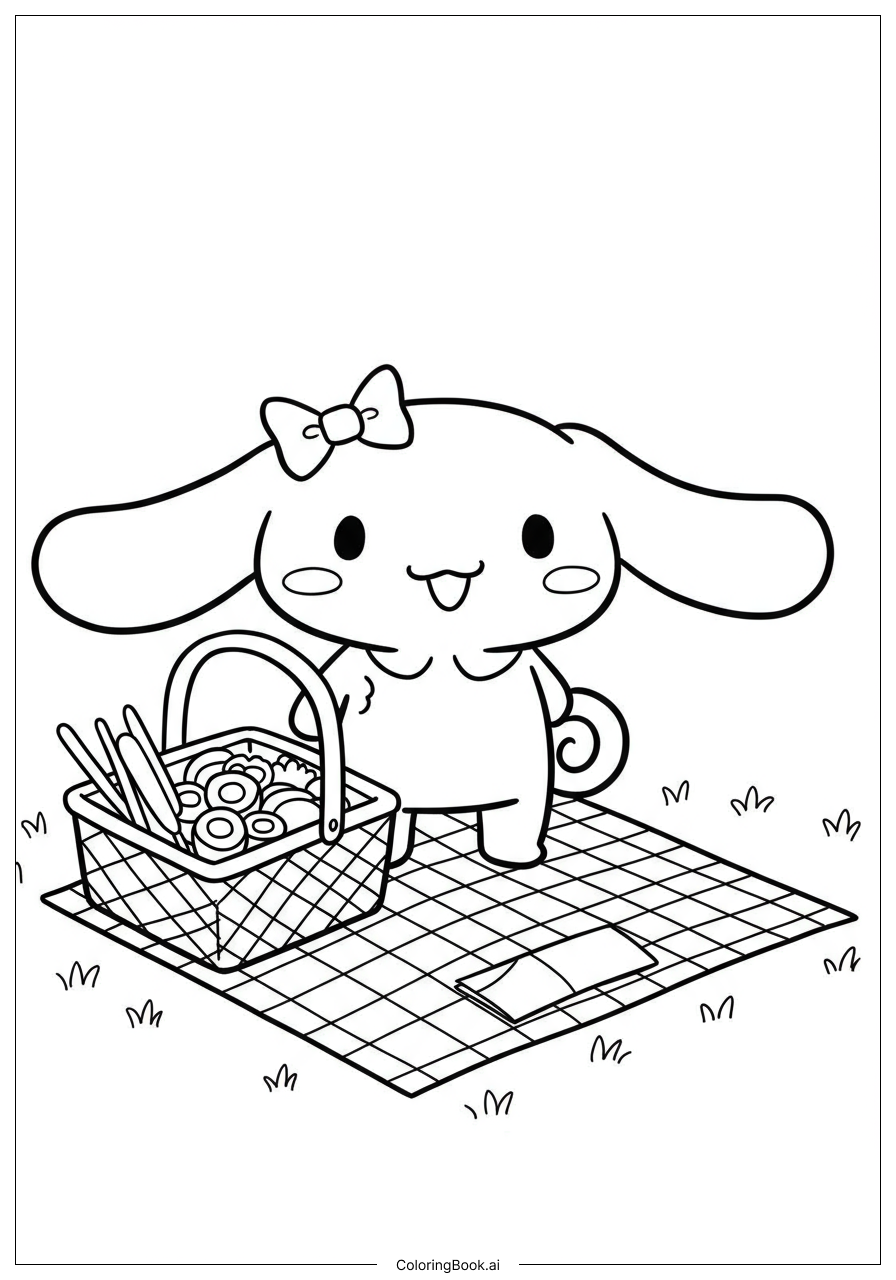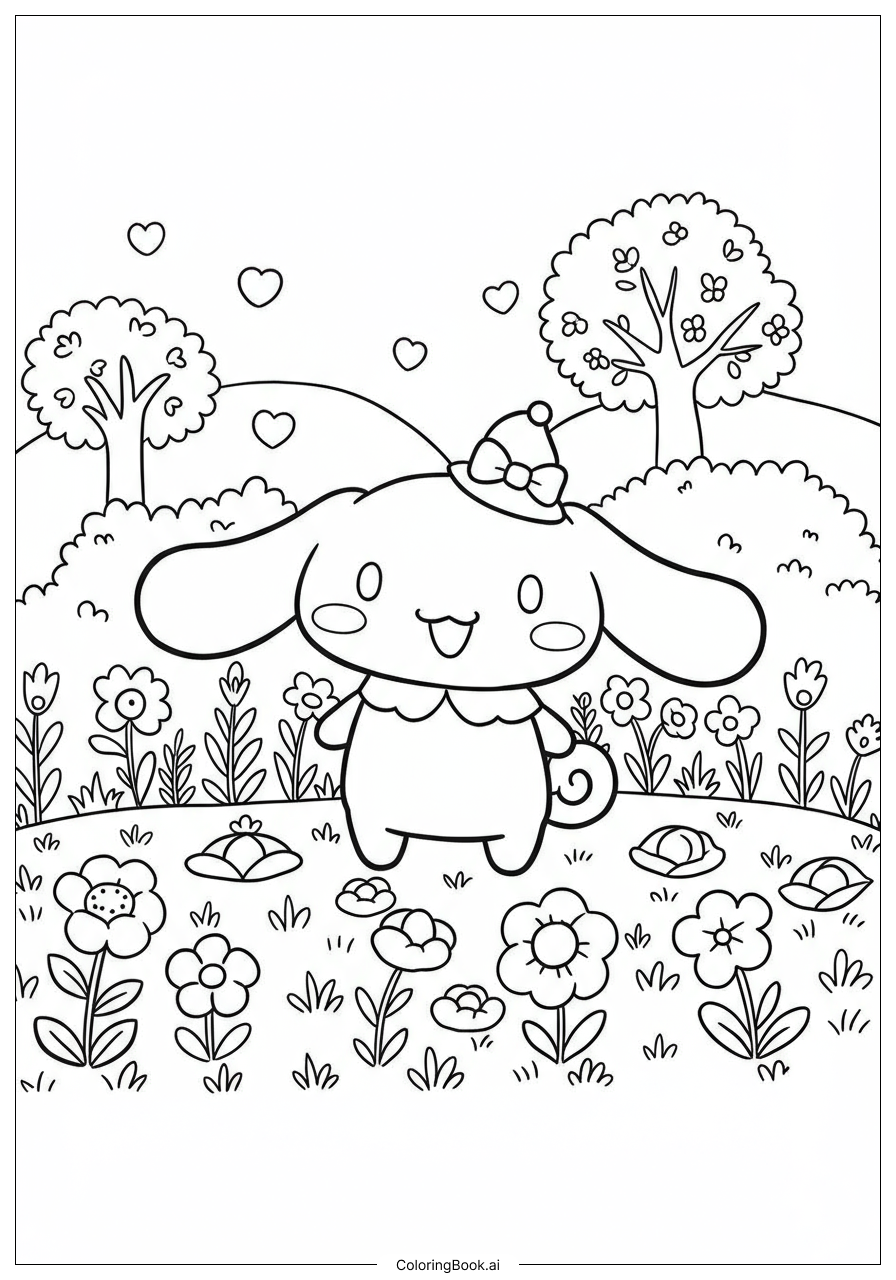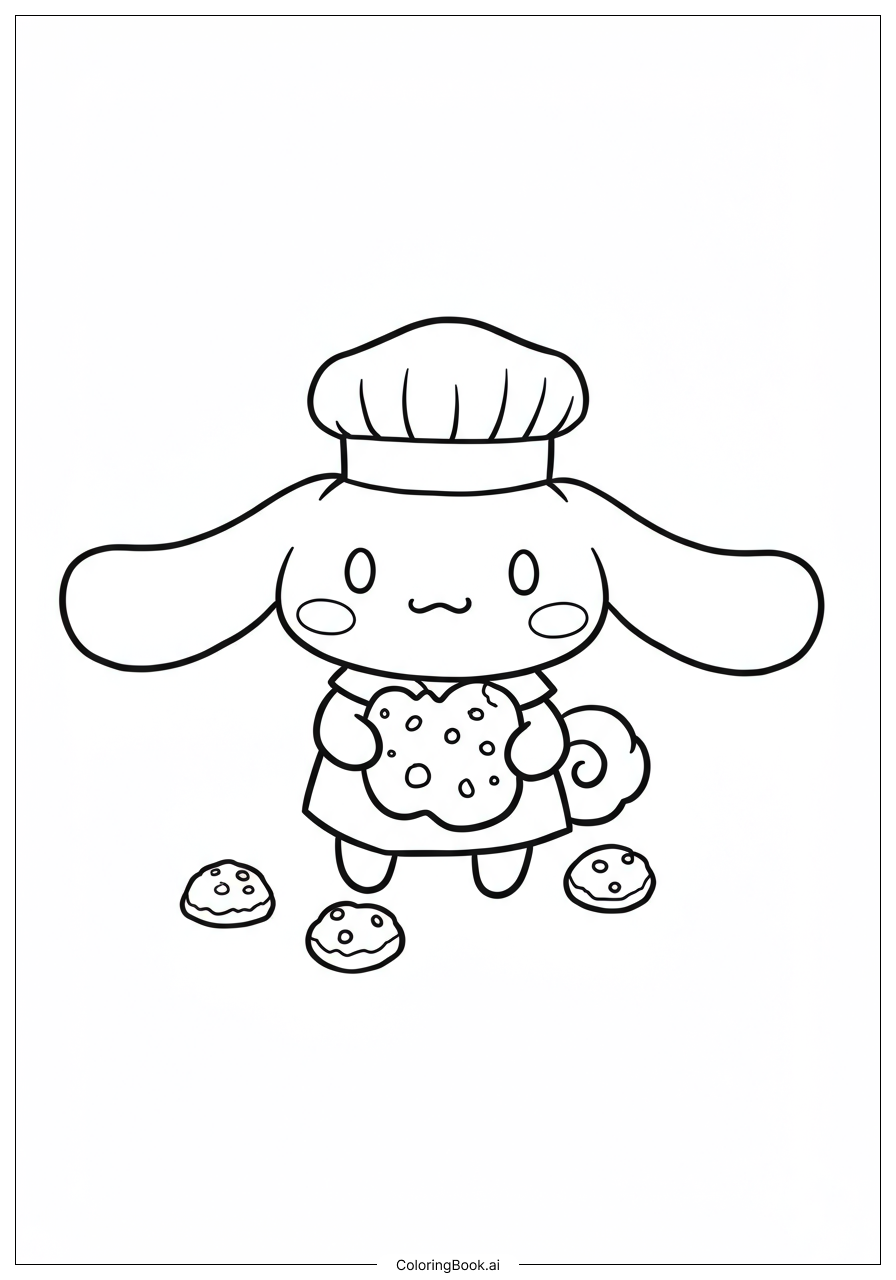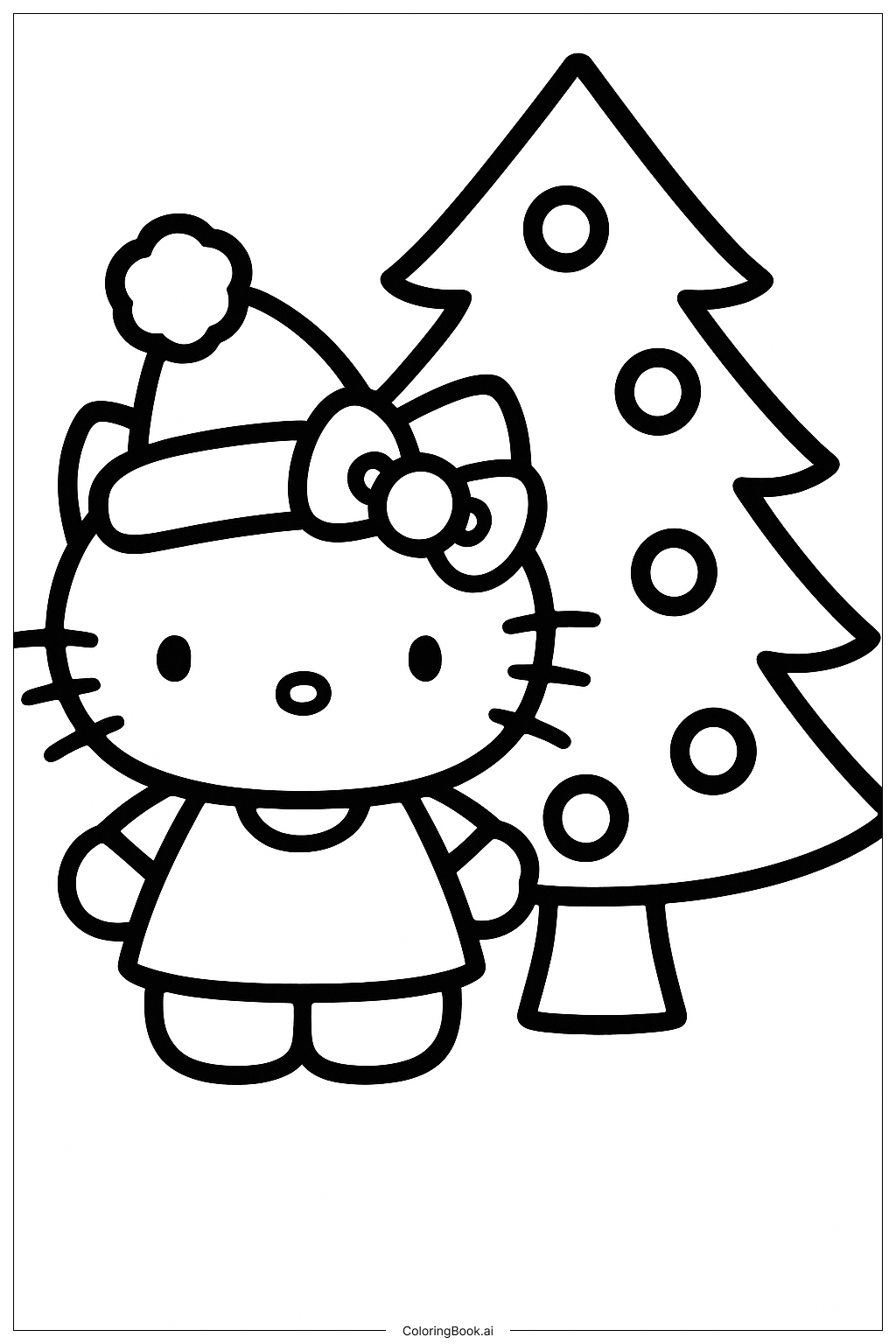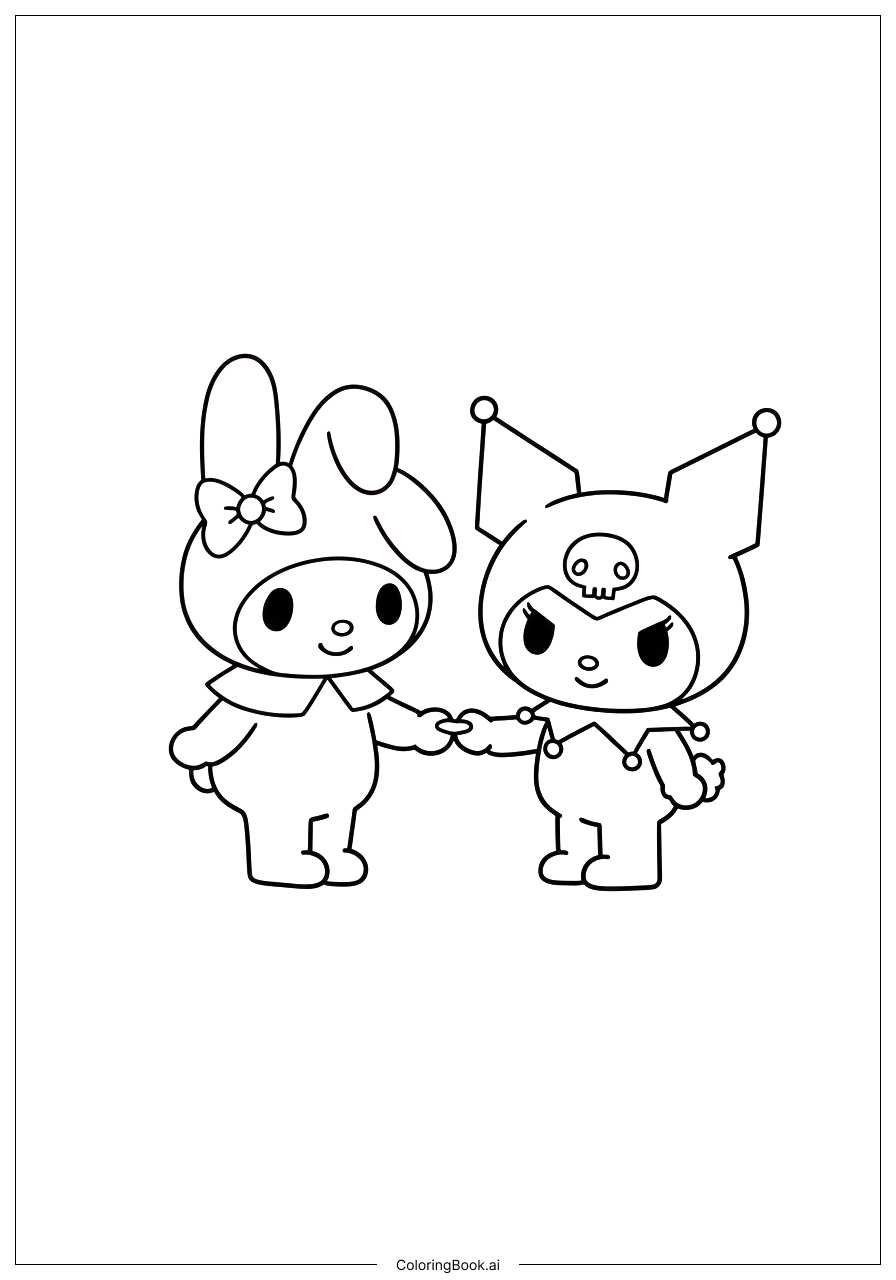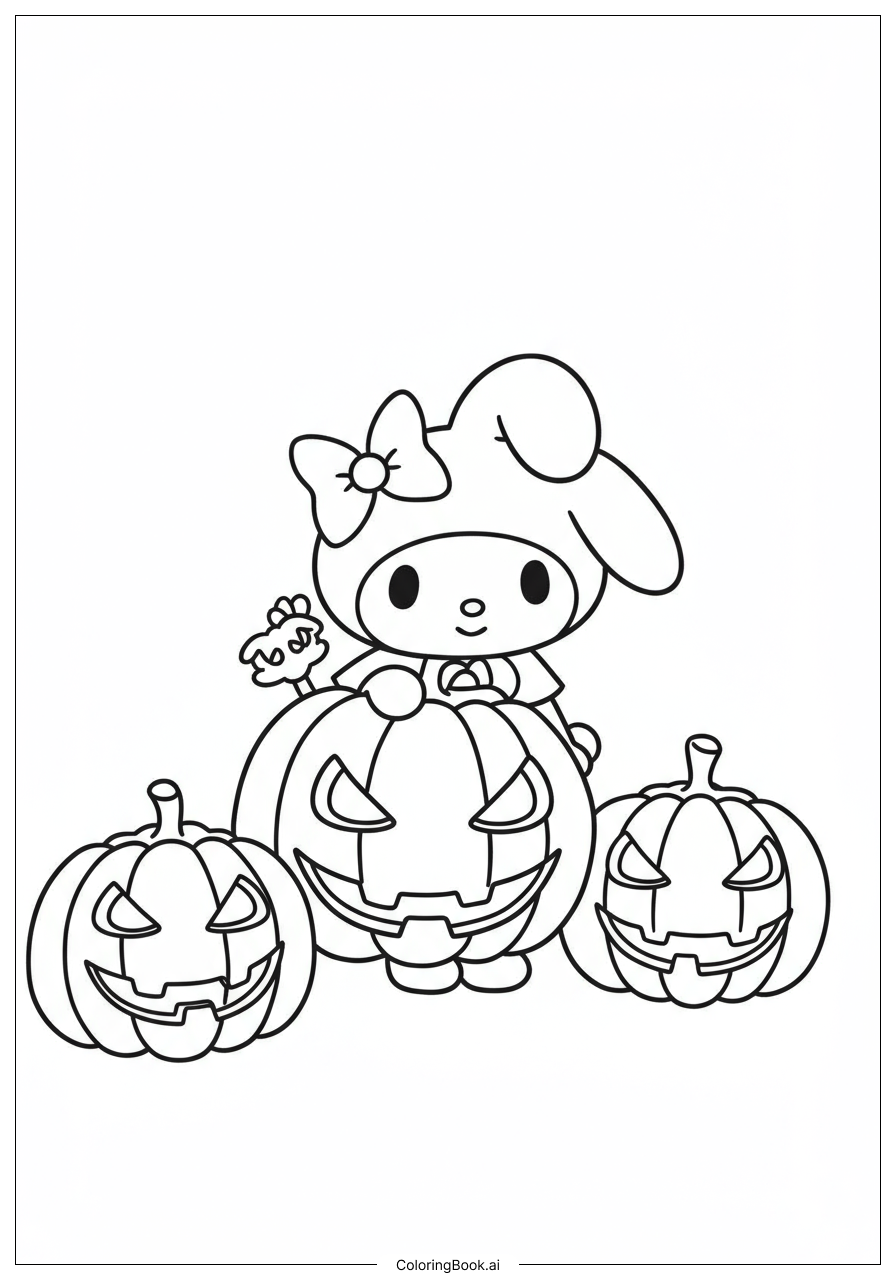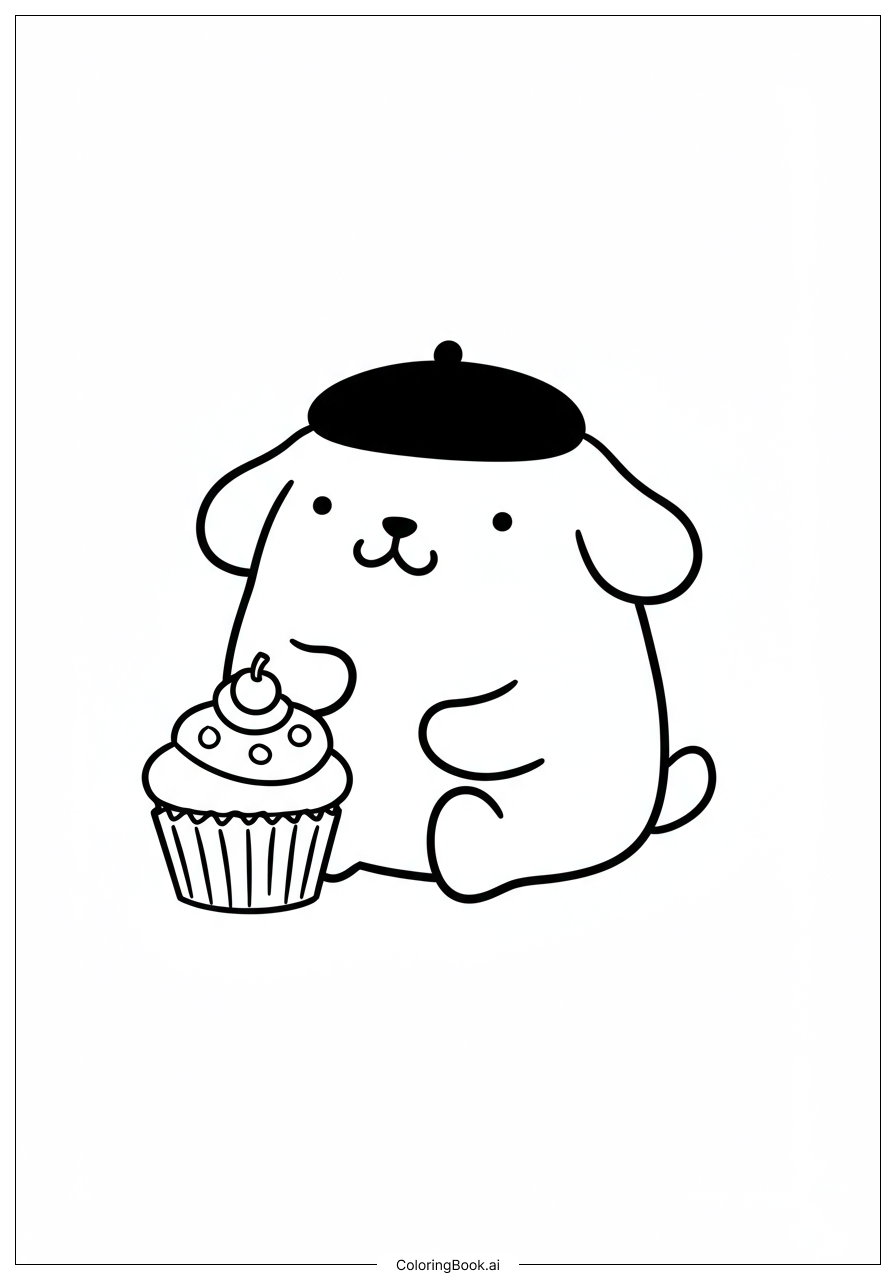Coloring tips: How to color Cinnamoroll Smiling With Closed Eyes coloring page well?
When coloring Cinnamoroll, kids can use light blue for his eyes, a soft pink for the cheeks, and a bright white for his fur. While the fur is mainly white, adding light gray or blue can give it some depth. Encourage kids to experiment with pastel colors for a softer look. They can also use glitter or metallic paint for a magical effect. Creating a colorful background with rainbows or clouds can make the artwork even more delightful and vibrant!
Coloring challenges: Which parts are difficult to color and need attention for Cinnamoroll Smiling With Closed Eyes coloring page?
1. **Fur Color Choices**: Finding the right shades for Cinnamoroll's fur might be tricky. While white is the primary color, kids could be unsure of how to add depth without overdoing it. Light grays or subtle blues can help.
2. **Eye Details**: Cinnamoroll's eyes are a focal point. Kids might find it challenging to maintain symmetry and balance while coloring, especially with small sections. Taking their time will be key.
3. **Cheek Blushing**: Adding rosy cheeks requires careful blending of colors. Kids may struggle to achieve a soft blush without it looking too harsh. Getting the right shade of pink is essential.
4. **Background Ideas**: Kids may need inspiration for the background. Without guidance, they might feel unsure about what to include, hindering creative expression.
5. **Using Different Tools**: Experimenting with crayons, markers, and pencils could lead to confusion. Each tool behaves differently, so figuring out the best choice requires practice.
Benefits of coloring books: Advantages of drawing Cinnamoroll Smiling With Closed Eyes coloring page
Coloring Cinnamoroll offers several benefits for children. First, it boosts creativity as kids choose colors and create their own unique art. This activity also enhances fine motor skills, helping improve hand-eye coordination and control over coloring tools. Additionally, coloring can be a calming activity, reducing stress and anxiety as children focus on the task. It encourages patience as they work on details like the eyes and cheeks. Lastly, sharing their finished artwork promotes confidence, allowing them to express pride in their creativity.
